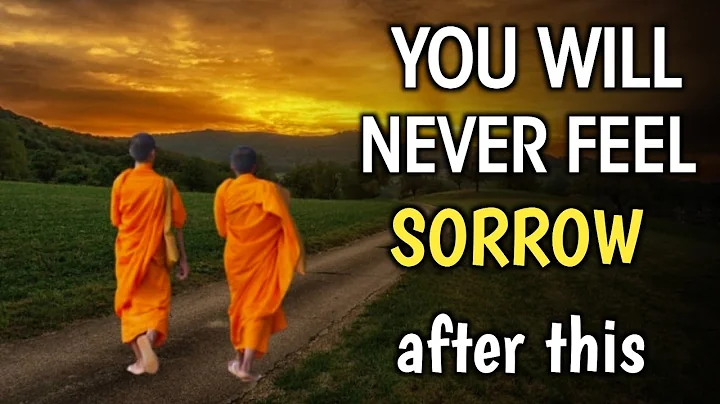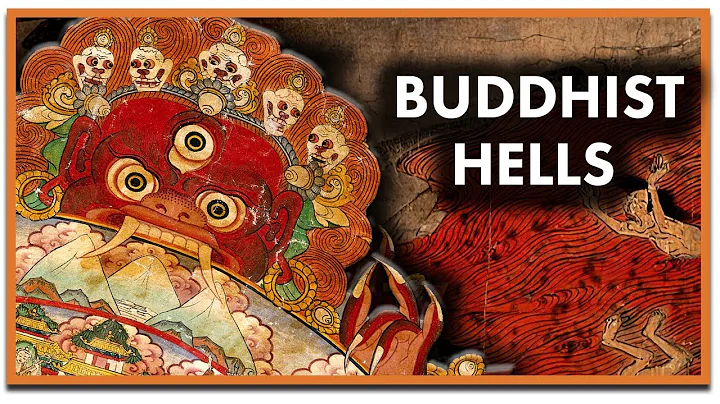Mandala represents the religious idea of promoting equality in Buddhism. Mandala is a religious term, or manda, manza, manda, Sanskrit: mandala. The free translation is Mandala, with the original meaning of roundness or "gathering". It refers to the gathering place of all saints and all meritorious deeds. Offering mandala is the most complete and ingenious way to accumulate merit and wisdom. Offering to the entire universe in the form of mandala is the fastest, simplest, and most complete among many methods. Mandala is the "cosmic map in the mind" of monks and Tibetans when they practice secret dharma on a daily basis. There are four types in total, which are the so-called "four mandala forms". They are generally circular or square, quite symmetrical, and have a central point. .

AI How to draw the pattern of mandala flower ? If you want a complicated pattern in AI, how to draw a mandala? Let's take a look at the tutorial on how to draw mandala patterns with AI. Friends who need it can refer to it.
1. Select the line segment tool, set the length to 90, the angle to 0, set it to center alignment, then draw a vertical line, center alignment, and draw a circle at the center point, center alignment.

Create a new layer and hide layer 1. Select the vertical line, twist and transform, transform, angle 360/6=60, make 5 copies, OK.

Open layer 1, use the pen tool, draw a petal, select it, effect, distort and transform, transform, angle 60, make 5 copies, OK. What needs to be noted here is that the top of the petals should coincide with the radial lines, so that it looks more symmetrical.

Then select layer 2 and you can proceed to the next step of editing. As long as you edit one, the corresponding effects will appear on other screens.
The first ones are more important, and the latter ones are relatively simple.

Trouble comes again: after doing this, create a new layer. As above, draw two intersecting cross lines, select layer 3, use the pen tool, draw a semi-circular arc line, select Effect, Distort and Transform, Transform, Angle 60, make 5 copies, OK.
Copy and paste the middle circle in place, enlarge it in the same proportion to the size of the arc segment, and then adjust the arc segment so that you have a reference. Then draw and illustrate according to the idea.

After doing the above, create a new layer. Draw a crosshair as above, align it in the center, and reset the color of the newly drawn line for easier observation. Select the vertical line, Effect, Distort and Transform, Transform, 36°, the number of copies is 9, OK, and then open other layers. Copy the previous circle, drag it to the outermost shape, and cover the shape.

Return to layer 4 and paint again. First draw a petal, select it, then click on layer 4, change the single circle in the layer to a double circle, effect, distortion and transformation, transformation, 36°, copy The number is 9, continue. . . . After doing .
N times, adjust the details. After the adjustment, create a new file, go back to the graphic you just made, object, expand the appearance; then object, expand, OK, then select all, copy and paste to the new document.
ungroups graphics in a new document. It needs to be done N times until all radial lines on all graphics are eliminated. After all

are ungrouped, you can start coloring.
I'm stupid. I haven't canceled all the groups yet. I don't know where I made a mistake. There should be no such straight lines when finished. If you delete the straight line directly, the completed graphics will also be deleted directly, because those graphics are attached to the straight line (let’s put it this way first). We will continue tomorrow.







![[English] Who Am I - Lecture 1 - Ven. Guan Cheng - DayDayNews](https://i.ytimg.com/vi/KU0fUs2It5o/hq720.jpg?sqp=-oaymwEcCNAFEJQDSFXyq4qpAw4IARUAAIhCGAFwAcABBg==&rs=AOn4CLDFpQUN_QwRfC7bmP4sUadq-RcYdg)
![A Moving Masterpiece 清明上河图 [English narration] - DayDayNews](https://i.ytimg.com/vi/kxff-4GktOI/hqdefault.jpg?sqp=-oaymwEcCOADEI4CSFXyq4qpAw4IARUAAIhCGAFwAcABBg==&rs=AOn4CLBtHGLeUpJNCYDJYnZTuISQ1N5Vag)


